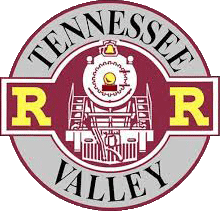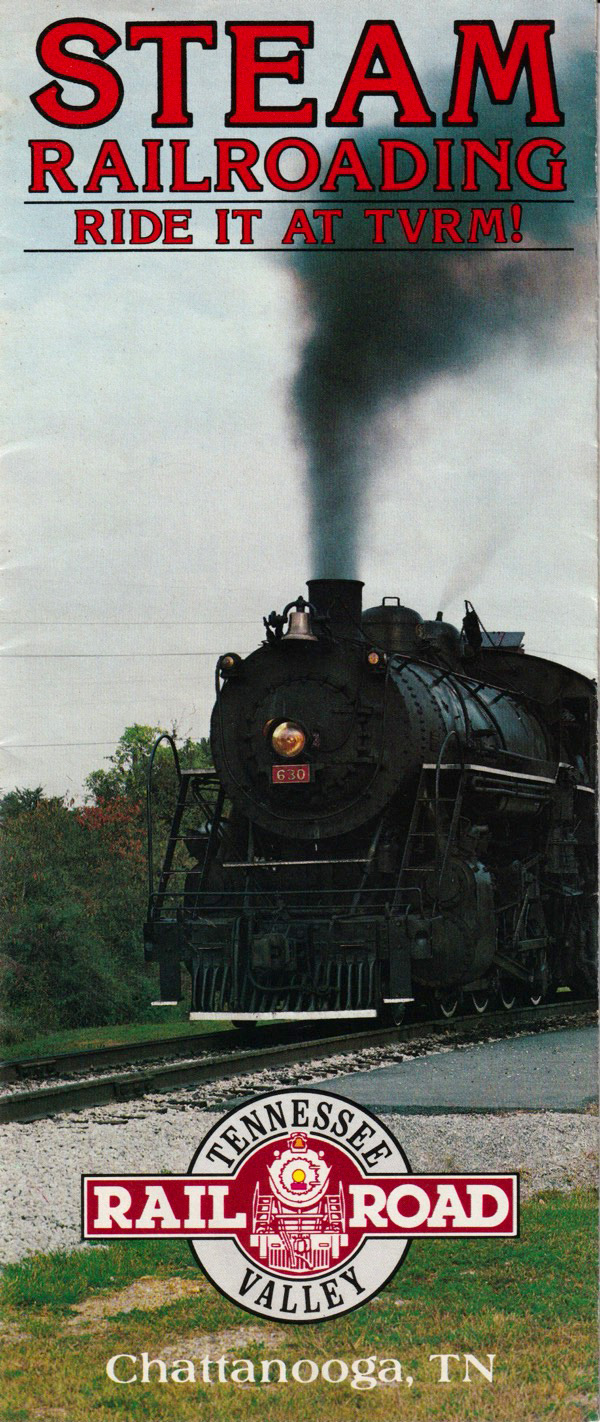
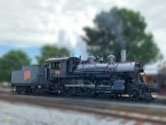

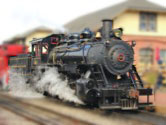




Steam
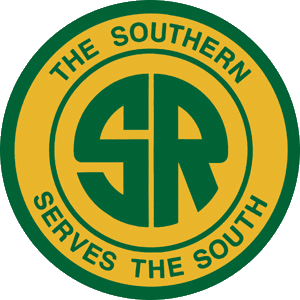 |
Southern Railway #630A trim Richmond Consolidation finds a third act in excursion service |

Andy Fletcher drawing / collection
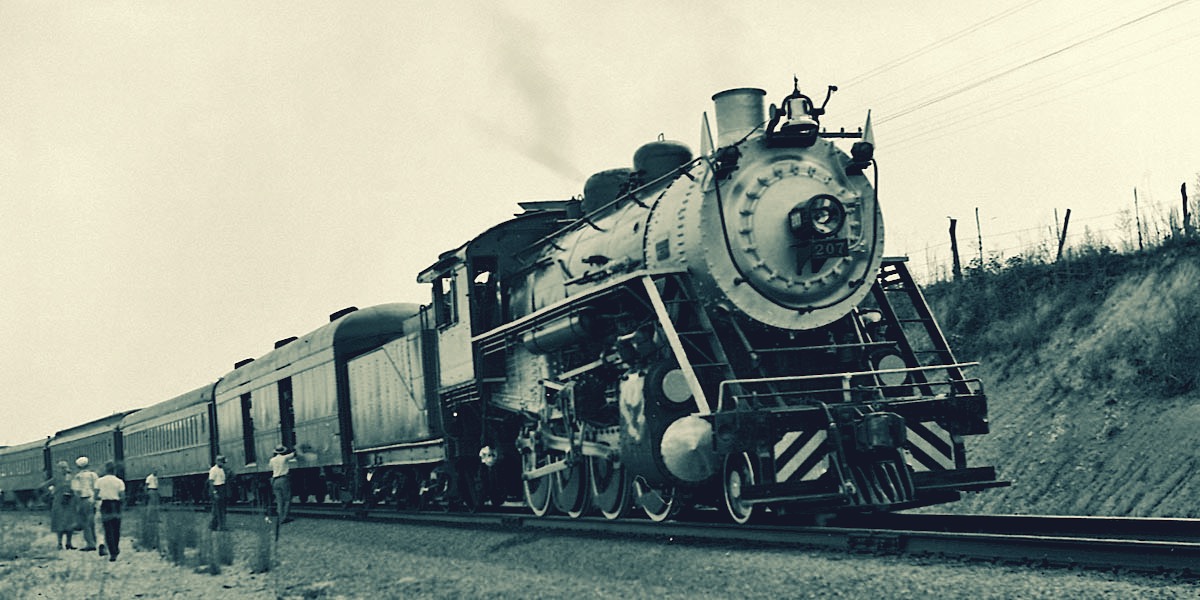
Kingsport, TN / Sep 1960 / JCH
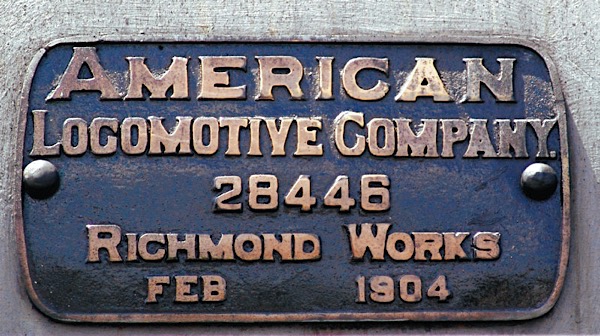
 ust after the turn of the 20th century, the motive power decision-makers of the Southern Railway developed plans for a large stable of 2-8-0 Consolidation-type steam locomotives. Otherwise unremarkable Southern Railway #630 was in a large batch of workaday locomotives constructed by the Richmond Works of the American Locomotive Company, or Alco. Erected in February of 1904, she and many of her sisters went to work for her mainline owner in western North Carolina. For the time period, this Class Ks Consolidation design proved to be a workhorse for Southern's freight movements around the region.
ust after the turn of the 20th century, the motive power decision-makers of the Southern Railway developed plans for a large stable of 2-8-0 Consolidation-type steam locomotives. Otherwise unremarkable Southern Railway #630 was in a large batch of workaday locomotives constructed by the Richmond Works of the American Locomotive Company, or Alco. Erected in February of 1904, she and many of her sisters went to work for her mainline owner in western North Carolina. For the time period, this Class Ks Consolidation design proved to be a workhorse for Southern's freight movements around the region.
By 1950, however, #630 and her Asheville, North Carolina-based sisters were sidelined by larger steam power and new diesel-electric acquisitions. In 1952, officials from the nearby shortline East Tennessee & Western North Carolina Railway came calling to Southern's Asheville roundhouse looking for suitable replacement steam power for their small standard gauge freight operation. Sisters #630 (Alco Richmond) and #722 (Baldwin) were sold to the shortline, who put them both to work between Johnson City and Elizabethton, Tennessee. This would be #630's second act: shortline hauler. And it might as well been her retirement, except for the love of steam.
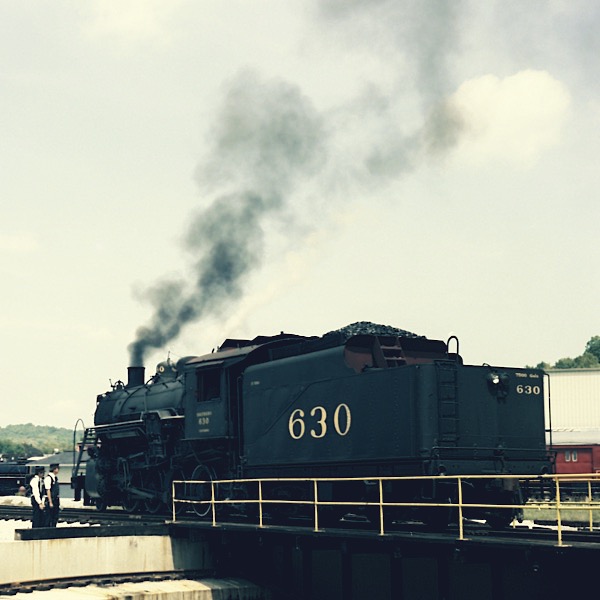 By the late 1960s, the fully-dieselized Southern Railway was developing an ambitious steam excursion program for the public and needed a fresh stable of locomotives to pull mainline weekend steam. In 1967, the Southern swapped a pair of former Central of Georgia Alco RS3 road switchers for the ET&WNC Consolidations. The aging pair were shopped, repainted, and immediately put into excursion work for the mainline. Southern #722 ran several trips before boiler and mechanical issues sidelined the engine's excursion career. No. 630, however, toiled on in Southern's popular and busy weekend excursion effort through the 1970s -- in parallel with the better-known Southern #4501 and Savannah & Atlanta #750. Eventually these trains become too frequent and too heavy for the aging Consolidation, and larger steam power leased or rebuilt by the Southern's Steam Program eclipsed 630's spot at the top of the excursion roster. The locomotive eventually found a more suitable home and routine at the Tennessee Valley Railway Museum, hauling passenger movements along the museum's short tourist run. Here, at TVRM, a third act: tourist hauler.
By the late 1960s, the fully-dieselized Southern Railway was developing an ambitious steam excursion program for the public and needed a fresh stable of locomotives to pull mainline weekend steam. In 1967, the Southern swapped a pair of former Central of Georgia Alco RS3 road switchers for the ET&WNC Consolidations. The aging pair were shopped, repainted, and immediately put into excursion work for the mainline. Southern #722 ran several trips before boiler and mechanical issues sidelined the engine's excursion career. No. 630, however, toiled on in Southern's popular and busy weekend excursion effort through the 1970s -- in parallel with the better-known Southern #4501 and Savannah & Atlanta #750. Eventually these trains become too frequent and too heavy for the aging Consolidation, and larger steam power leased or rebuilt by the Southern's Steam Program eclipsed 630's spot at the top of the excursion roster. The locomotive eventually found a more suitable home and routine at the Tennessee Valley Railway Museum, hauling passenger movements along the museum's short tourist run. Here, at TVRM, a third act: tourist hauler.
In 2011, the Norfolk Southern Railway inaugurated its 21st Century Steam program to celebrate the company's corporate history and to host various private and public excursions around its system. The need for suitable steam power in the southern portion of the NS system prompted a complete overhaul of #630, conducted in the Soule Shops at the Tennessee Valley museum. Over the next 4 years, #630 pulled numerous excursions around the Southeast for employee events and public trips. Although the NS program has ended, #630 continues in revenue service at Tennessee Valley in Chattanooga. More than a century old now, the trim Richmond-built Consolidation found a fourth act as corporate ambassador, a remains a beloved museum hauler -- a remarkable testament to the endurance of machines and the persons who love and maintain them.

CLASS K CONSOLIDATIONS
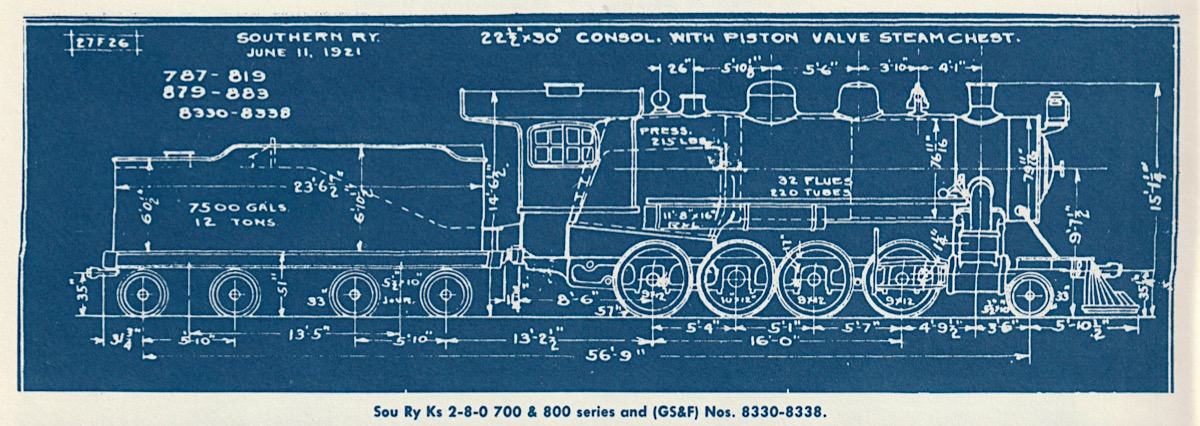
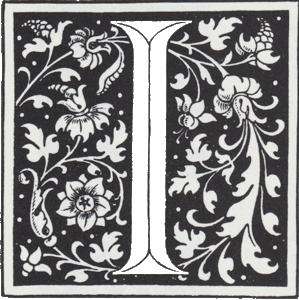 n 1903 the motive power department of the Southern
together with mechanical engineers from Baldwin and
Richmond Locomotive Works designed what was to be the
Southem's standard main line Consolidation type freight
locomotive, the Class K. With minor modifications, over
400 engines of this class were built for the Southern
Railway and its affiliates.
n 1903 the motive power department of the Southern
together with mechanical engineers from Baldwin and
Richmond Locomotive Works designed what was to be the
Southem's standard main line Consolidation type freight
locomotive, the Class K. With minor modifications, over
400 engines of this class were built for the Southern
Railway and its affiliates.
The K and later Ks classes operated in all types of service from Pinners Point, Va., to New Orleans and from Jacksonville, Fla., to East Saint Louis, Ill. As originally built they had 22" x 30" cylinders, 56 or 57-inch drivers, weight of engine 200,000 lbs, and with 200 lbs steam pressure exerted about 44,000 lbs of tractive effort.
After superheaters were installed in the boilers of these engines, many of the Ks class had their cylinders bored to 22"x 30" size and steam pressure raised to 215 ibs resulting in a tractive effort of 46,000 lbs.
Although originally built with the "D" slide valve, most of the steam chests of the Ks class were converted to piston valves by the application of the Universal type valve chest. A variety of valve gears were represented on these engines and for a while the Southern Valve Gear was the most popular. Mechanical lubricators, feed-water heaters, and stokers were applied to a limited number of these engines in later years. Several of the K and Ks class were rebuilt using new cylinders with piston valve type steam chest. When this was done the size of the cylinders was increased. Those engines equipped with 24" x 30" size were designated Ks-1 while the Ks-2 received a 25"x 30" bore. Steam pressure was reduced to 190 lbs on the Ks-1 class and to 175 lbs on the Ks-2. Tractive effort therefore remained fairly constant at 46,700 lbs.
The K, Ks, Ks-1, and Ks-2 classes on the Southern Railway were numbered 566-883.
Southern Railway System: Steam Locomotives and Boats - Richard E. Prince - 1970
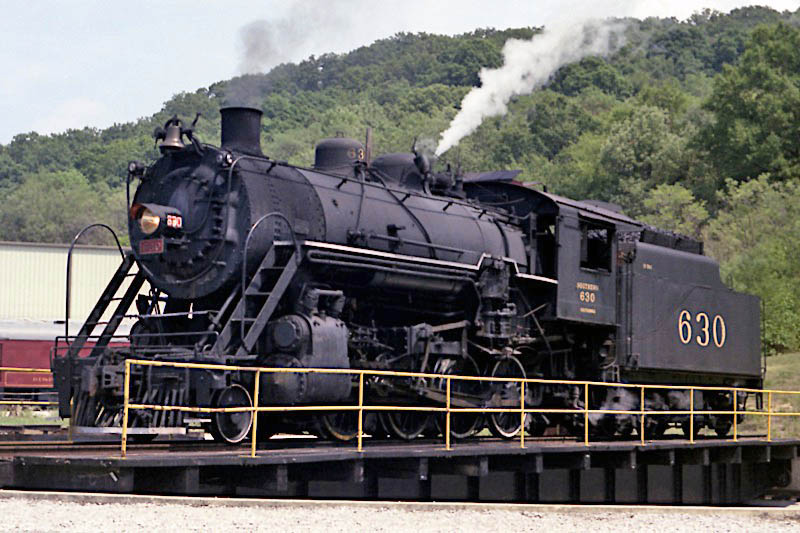
Southern Railway #630
East Chattanooga, Tn / Aug 1986 / JCH


Southern Railway #630
to East Tenn & W N Carolina #207, 1952
to Southern Railway #630, 1968
to Tennessee Valley Railway Museum
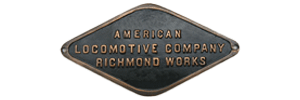
East Tennessee & Western North Carolina
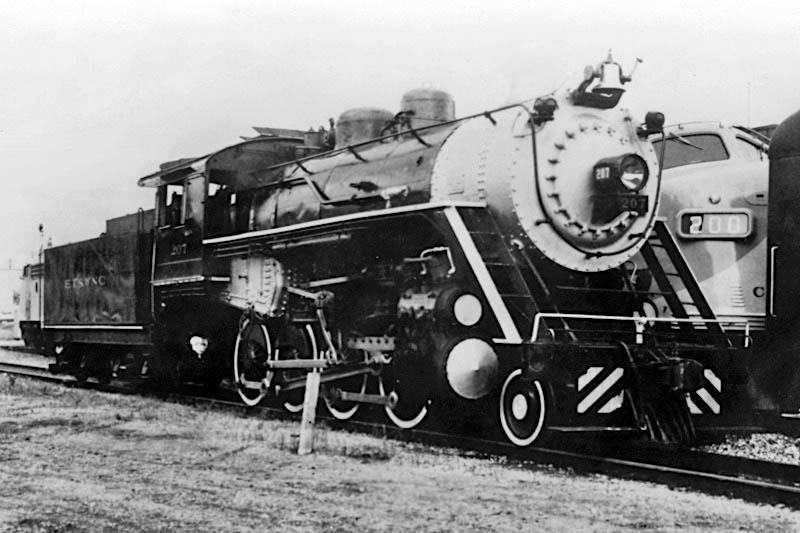
East Tennessee & Western North Carolina #207
Johnson City, Tn / collection

Kingsport, Tn / Sep 1960 / JCH
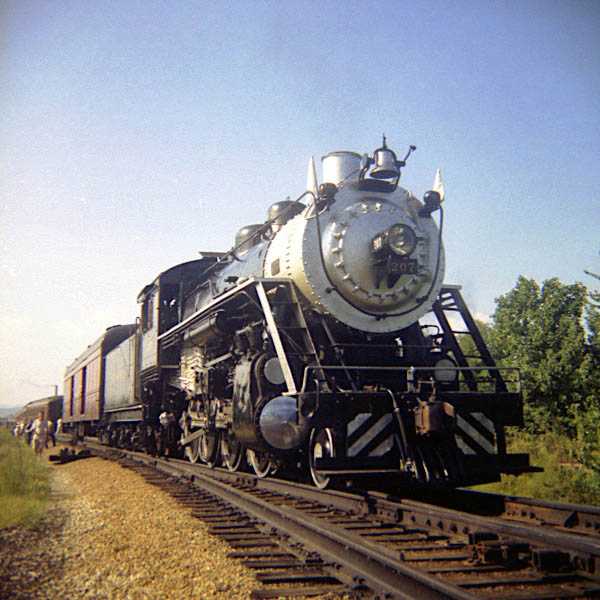
Kingsport, Tn / Sep 1960 / JCH

I shot the pictures of East Tennessee & Western North Carolina #207 shown here during the 1960 National Railway Historical Society convention in Bristol, Tennessee. #207 left its shortline rails to pull an excusion consist on the nearby Clinchfield Railroad. This trip was still eight years prior to the sale of #207 back to the Southern, at which point she became Southern #630 again. Although I was taking 120 black & white photos in those days, I did take one color photo of #207 with my small 127 camera.
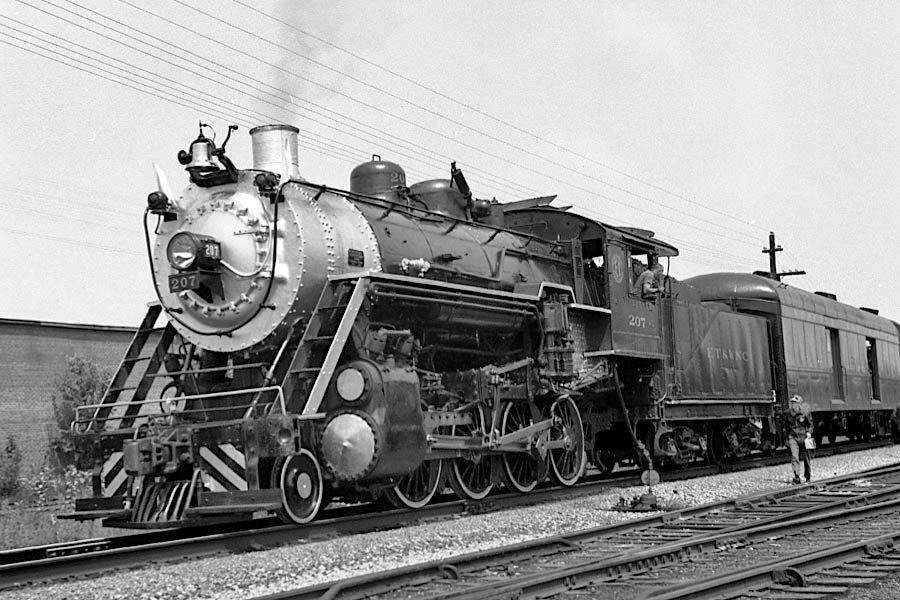
Johnson City, Tn / Sep 1960 / JCH
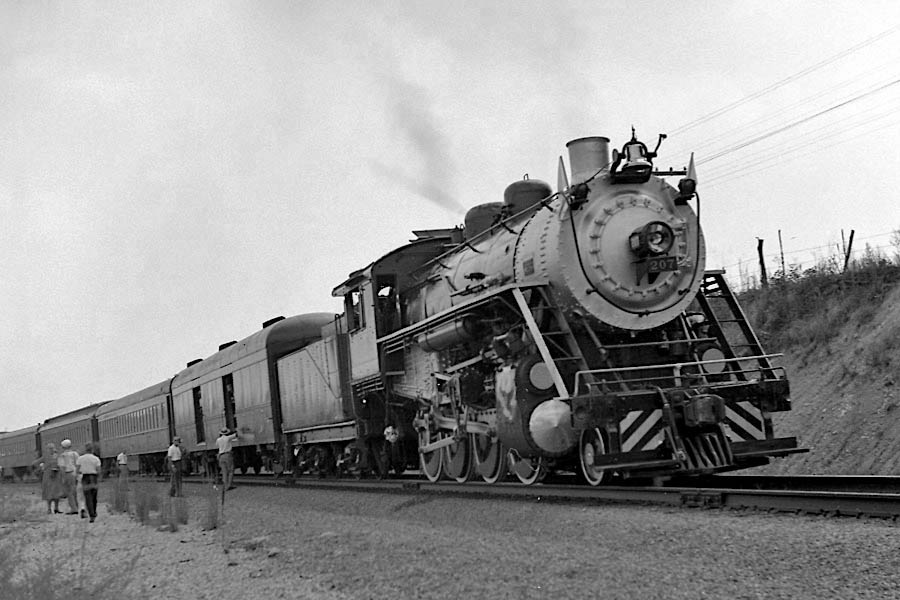
Kingsport, Tn / Sep 1960 / JCH
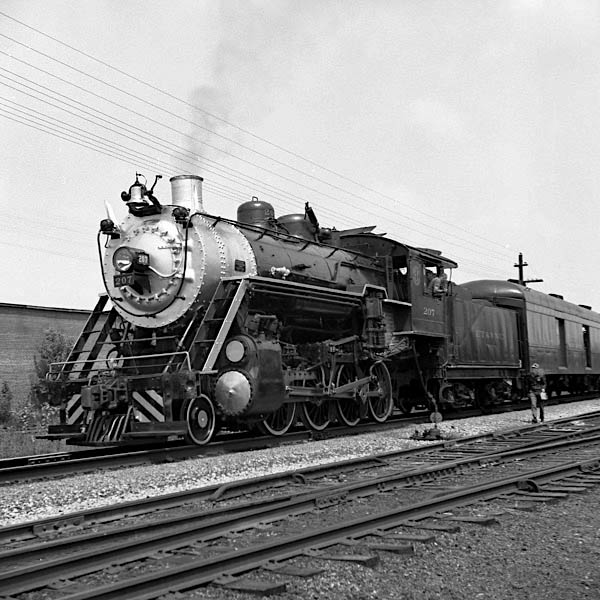
Johnson City, Tn / Sep 1960 / JCH

Johnson City, Tn / Sep 1960 / JCH

Kingsport, Tn / Sep 1960 / JCH

Sep 1960 / JCH
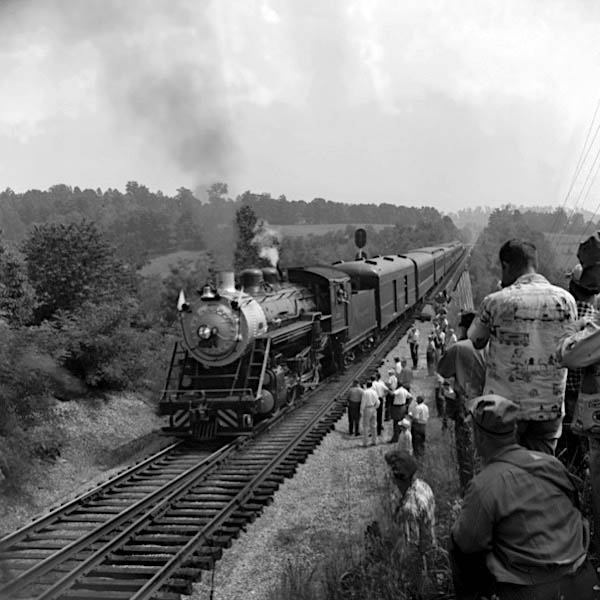
Sep 1960 / JCH

Sep 1960 / JCH

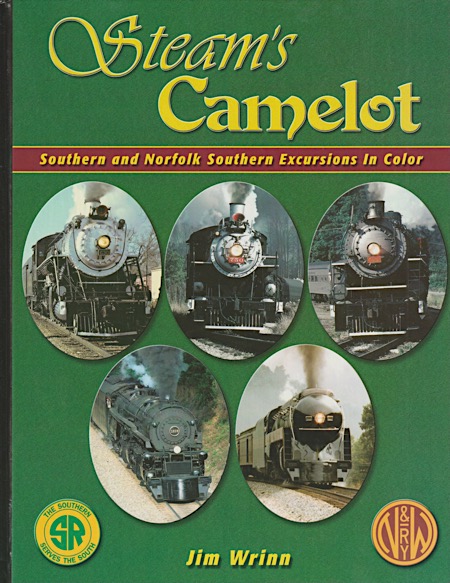
 outhern's W. Graham Claytor was intent on running excursions more and more frequently, and he desired a true passenger engine that would recreate the graceful look of the Southern's locomotives. He looked to the Midwest, where steam preservationist Dick Jensen had rescued a former Grand Trunk Western 4-6-2 5629 that was a dead ringer for a Ps4. Jensen was running excursions with the engine in the Chicago area, but Claytor could not strike a deal with Jensen.
outhern's W. Graham Claytor was intent on running excursions more and more frequently, and he desired a true passenger engine that would recreate the graceful look of the Southern's locomotives. He looked to the Midwest, where steam preservationist Dick Jensen had rescued a former Grand Trunk Western 4-6-2 5629 that was a dead ringer for a Ps4. Jensen was running excursions with the engine in the Chicago area, but Claytor could not strike a deal with Jensen.
Ironically, Southern's new boss found a substitute, although it was not the giant passenger engine he sought, in his hometown of Roanoke. A Consolidation belonging to a Tennessee shortline, the East Tennessee & Western North Carolina Railway, was in Roanoke to help celebrate the 1967 opening of the city's transportation museum. The 207 was in steam with a handful of passenger cars on June 17, 1967. Graham's brother, Robert Claytor, had arranged for the 207 to give free rides on the N&W Belt Line, a switching line bordering Wasena Park where Class J 611 was on display. Graham Claytor rode the train, admired the spry 1904 Alco and made a note to check with the "ET" (the standard-gauge survivor of the famous "Tweetsie" narrow gauge line) about the engine. What he found out was astounding. The Johnson City, Tennessee-based ET&WNC rostered not one, but two Consolidations, and both were former Southern engines. The 207's sister, 208, had been built by Baldwin in 1904. They were former Southern Railway locomotives used in Western North Carolina most of their careers. The ET had acquired the duo from the Asheville, N.C., roundhouse as Southern was dieselizing.
Late in 1967, Claytor did something no railroad president had ever done before. He traded a pair of operable diesel locomotives -- in this case two well worn but still useful ex-Central of Georgia Alco RS3s -- for the two ET&WNC steam locomotives. The steam engines were towed to a little-used diesel shop at Ernest Norris Yard in Irondale, Ala., on the outskirts of Birmingham. Claytor had solved his motive power problem. Now he needed a master mechanic to keep the engines running. Volunteers like Merriman and Soule could do a lot, but he needed someone who could work on the engines full-time. He needed a man who knew steam, who cared about it enough to spend the countless hours it takes to rebuild an engine. He needed a taskmaster who could perform the backbreaking job of maintaining an engine on the road. He needed Bill Purdie. Purdie was the Pegram Shop foreman Claytor had met atop 750's tender in Fort Valley, Ga., in 1965. Purdie had seen the two Alco diesels being prepared for transfer to the ET&WNC and heard rumors about the railroad trading the diesels for two steamers.
Steam's Camelot: Southern and Norfolk Southern Excursions in Color - Jim Wrinn - 2000
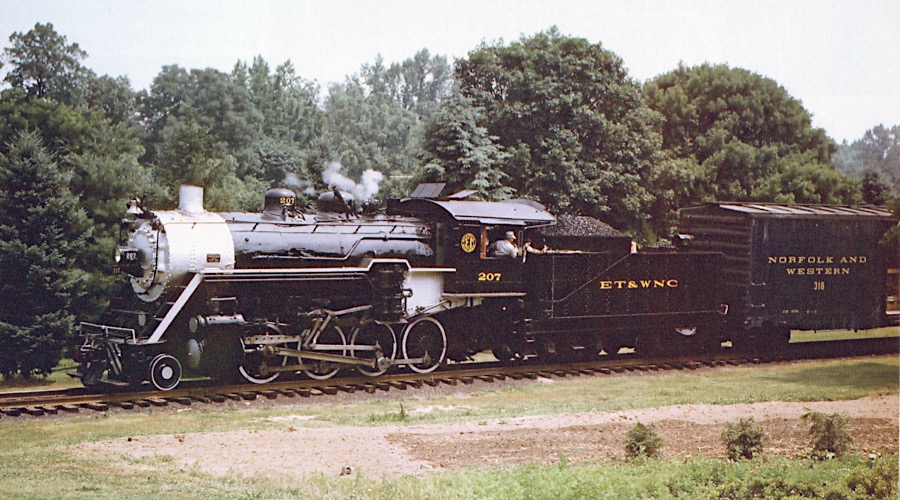
Roanoke, Va / Jun 1967 / Al Carroll

See also our complete East Tennessee & Western North Carolina scrapbook in Shortlines
Southern Railway
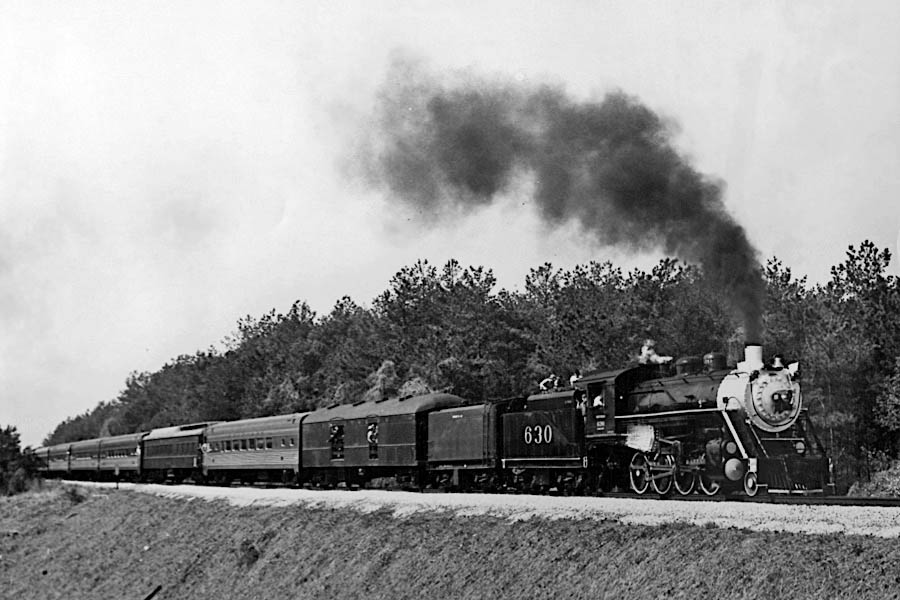
collection
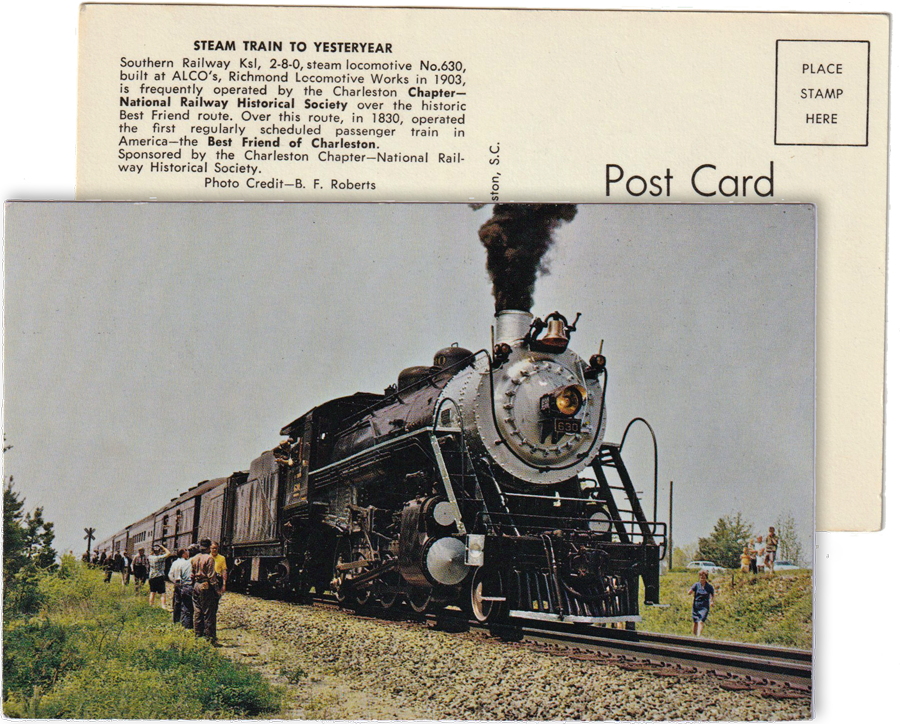
postcard / collection
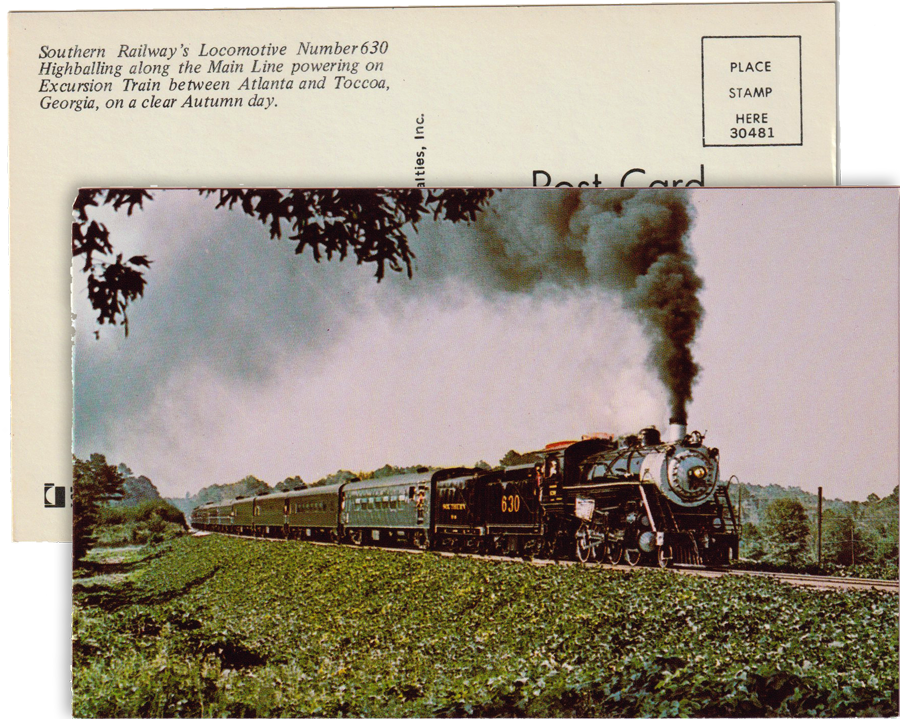
postcard / collection

See also our complete Southern Railway steam excursion program collection
Tennessee Valley Railway Museum

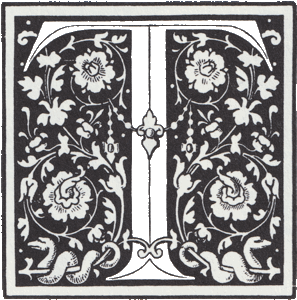 he American Locomotive Company, also known as ALCO, built the 630 for the Southern Railway in 1904. The wheel arrangement of this engine is a 2-8-0, known as a Consolidation. 630 spent many years in service out of Asheville, North Carolina serving on the Murphy and Lake Toxaway Branches until sold to the East Tennessee & Western North Carolina Railroad in 1952. The engine came to TVRM in 1978 and operated until 1989 when removed from service, being in need of a major overhaul. The engine was restored over a period of ten years, at a cost of almost $700,000. This restoration was completed in 2011 and has been called one of the most extensive overhauls on a steam locomotive since the end of the steam era.
he American Locomotive Company, also known as ALCO, built the 630 for the Southern Railway in 1904. The wheel arrangement of this engine is a 2-8-0, known as a Consolidation. 630 spent many years in service out of Asheville, North Carolina serving on the Murphy and Lake Toxaway Branches until sold to the East Tennessee & Western North Carolina Railroad in 1952. The engine came to TVRM in 1978 and operated until 1989 when removed from service, being in need of a major overhaul. The engine was restored over a period of ten years, at a cost of almost $700,000. This restoration was completed in 2011 and has been called one of the most extensive overhauls on a steam locomotive since the end of the steam era.
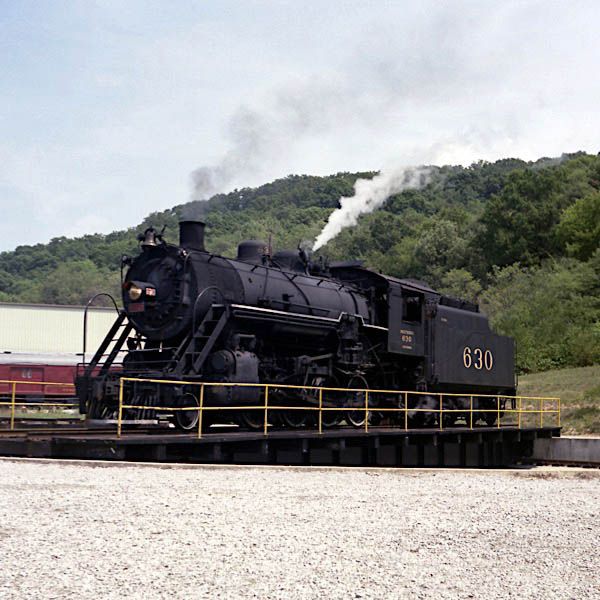
East Chattanooga, Tn / Aug 1986 / JCH

East Chattanooga, Tn / Aug 1986 / JCH
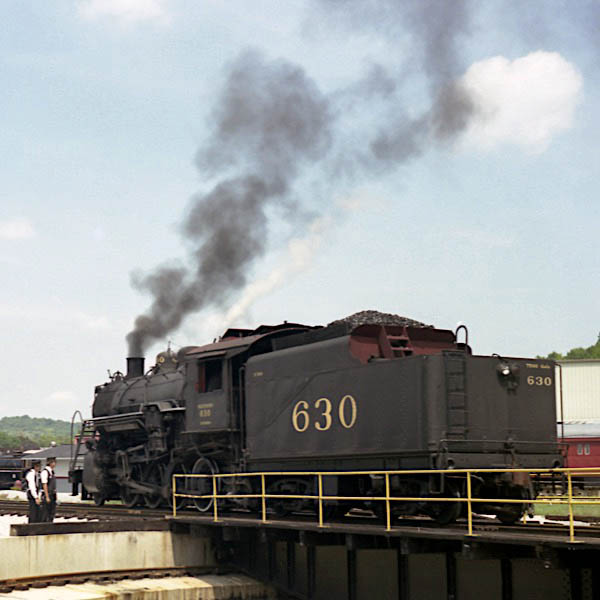
East Chattanooga, Tn / Aug 1986 / JCH
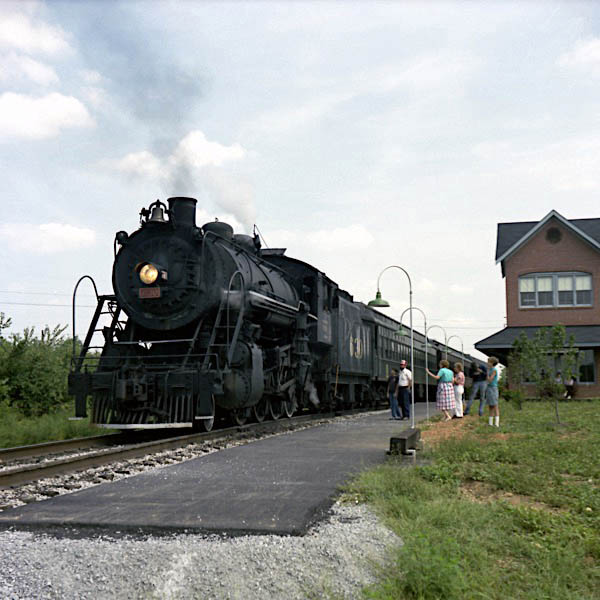
East Chattanooga, Tn / Aug 1986 / JCH

East Chattanooga, Tn / Aug 1986 / JCH
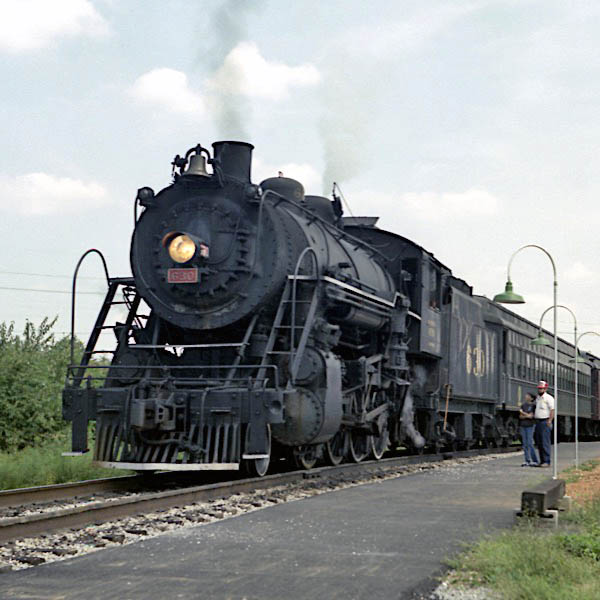
East Chattanooga, Tn / Aug 1986 / JCH
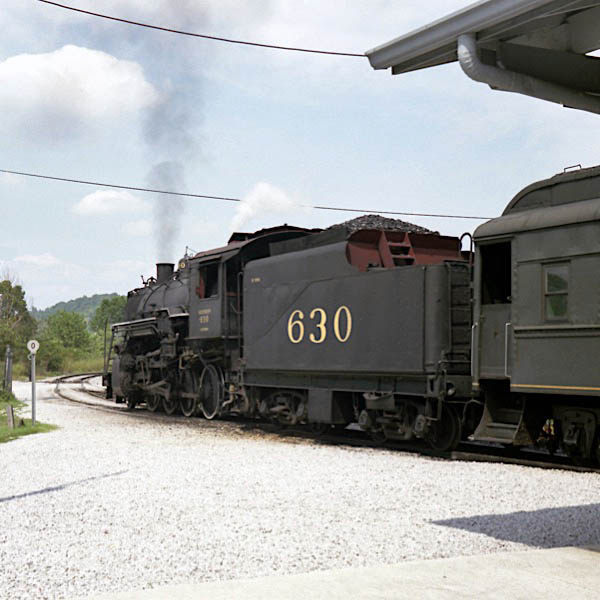
East Chattanooga, Tn / Aug 1986 / JCH
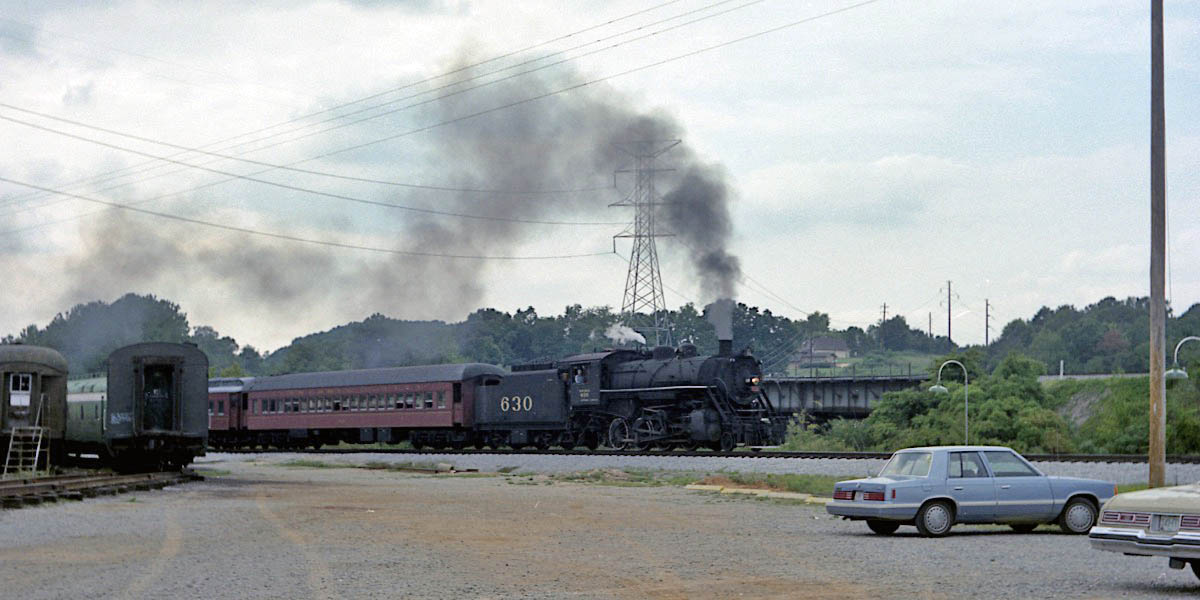
East Chattanooga, Tn / Aug 1986 / JCH

East Chattanooga, Tn / Aug 1986 / JCH
Norfolk Southern
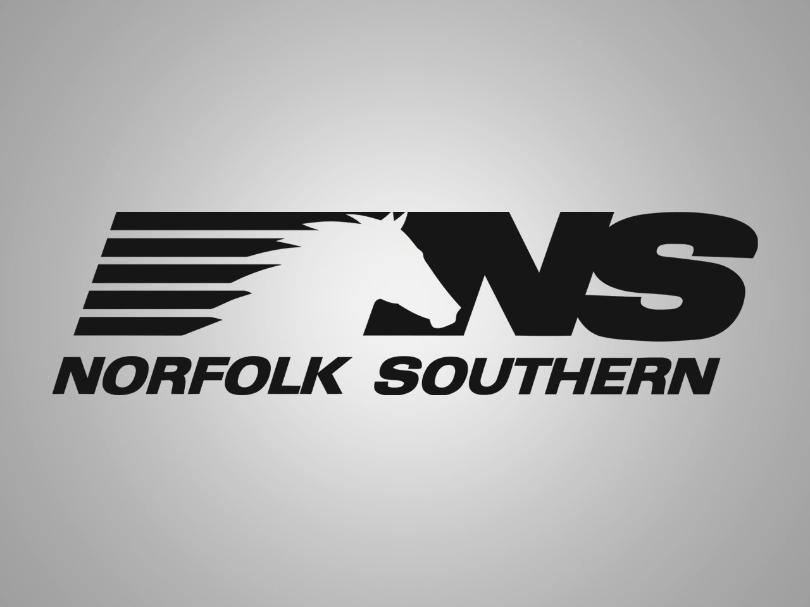 The 21st Century Steam program was a program begun by the Norfolk Southern Railway in 2011 and featured several classic steam locomotives pulling passenger excursions along Norfolk Southern rails in the eastern United States.
The 21st Century Steam program was a program begun by the Norfolk Southern Railway in 2011 and featured several classic steam locomotives pulling passenger excursions along Norfolk Southern rails in the eastern United States.
Southern 630’s 2013 excursion season began early, with the locomotive pulling a 13 car public excursion (with the help of two diesel locomotives) from Chattanooga to Attalla on March 2. Other excursions in March were seen in the areas surrounding Bristol, Virginia (Bristol to Radford, Virginia, on March 9 and Bristol to Bulls Gap, Tennessee, on March 10), Roanoke (Roanoke to Walton Furnace, Virginia, on March 16 and Roanoke to Lynchburg, Virginia, on March 16–17), and Norfolk, Virginia (Norfolk to Petersburg, Virginia, on March 23). In April, the locomotive traveled to North Carolina for excursions in Spencer, North Carolina (Spencer to Barber Junction, North Carolina on April 13) and Asheville, North Carolina (Asheville to Old Fort, North Carolina, on April 20–21).
HawkinsRails thanks railfan brother Will Hankins for use of his Southern #630 excursion photos

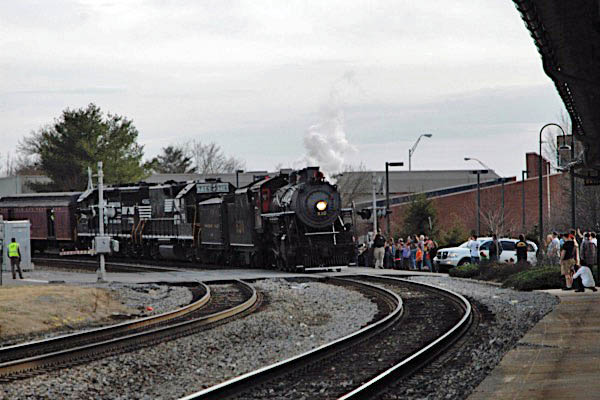
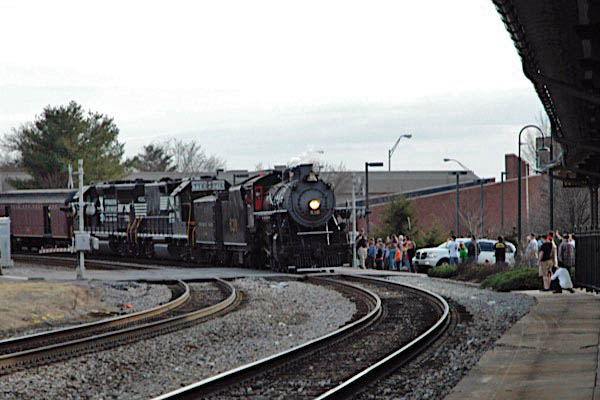
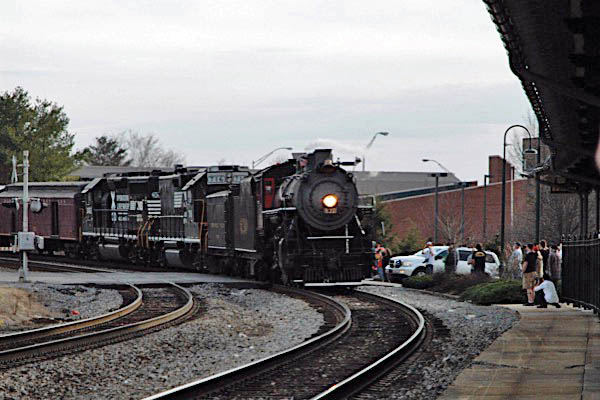

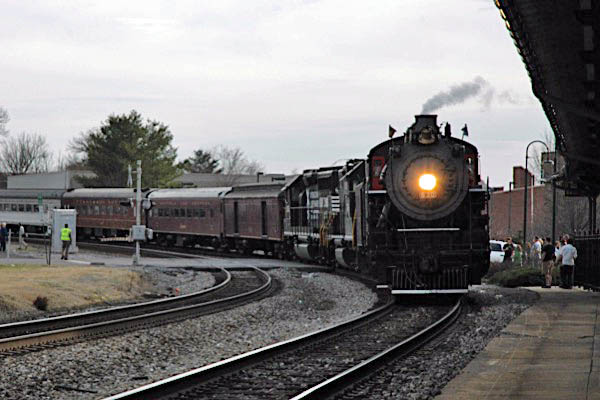
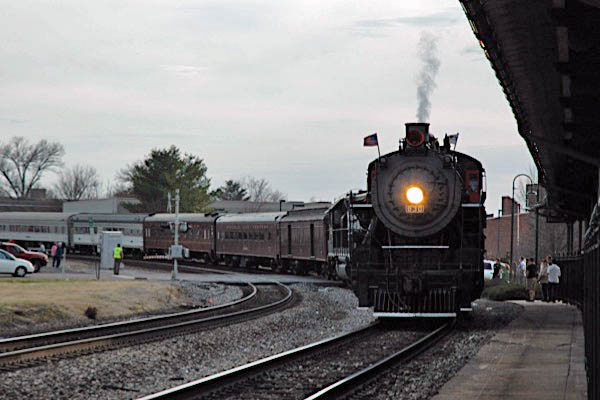
Bristol, Va / Mar 2013 / Will Hankins
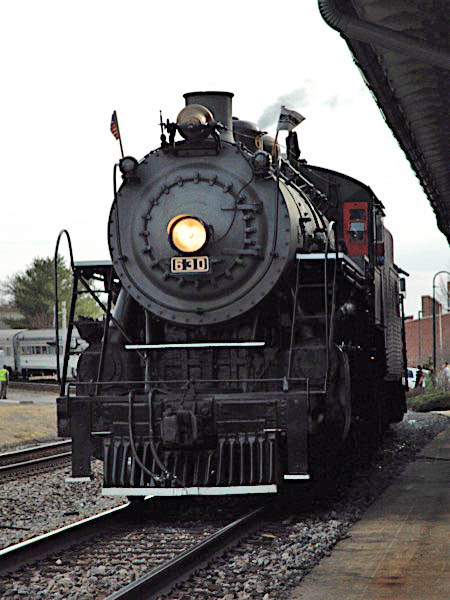
Bristol, Va / Mar 2013 / Will Hankins
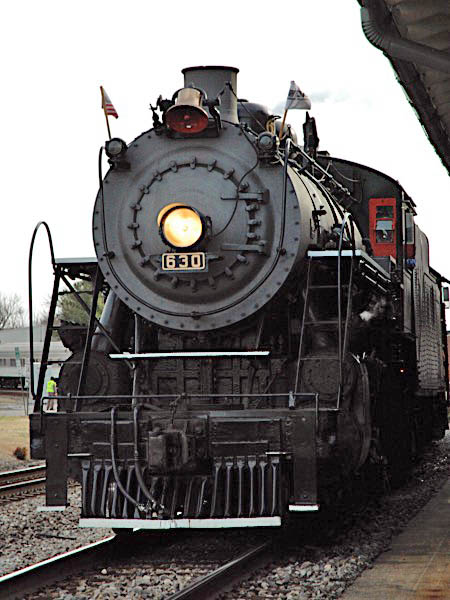
Bristol, Va / Mar 2013 / Will Hankins
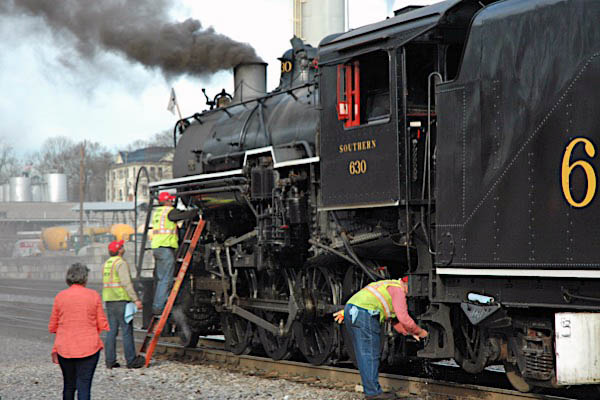
Bristol, Va / Mar 2013 / Will Hankins
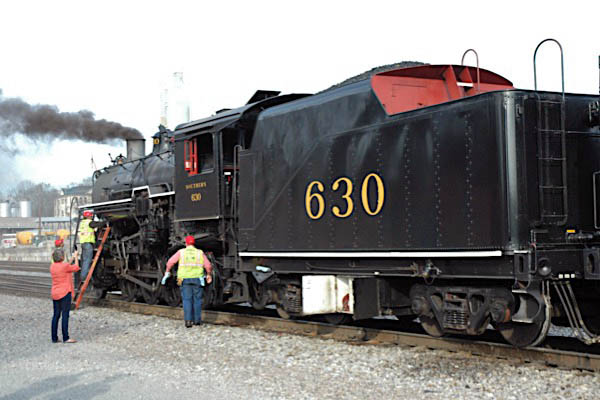
Bristol, Va / Mar 2013 / Will Hankins
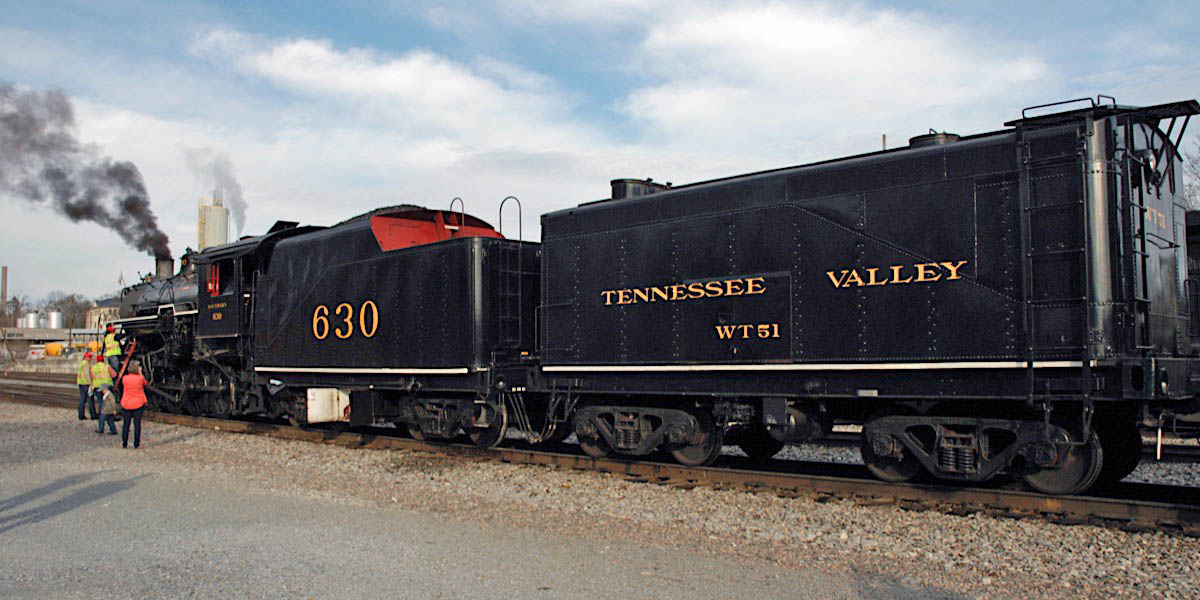
Bristol, Va / Mar 2013 / Will Hankins
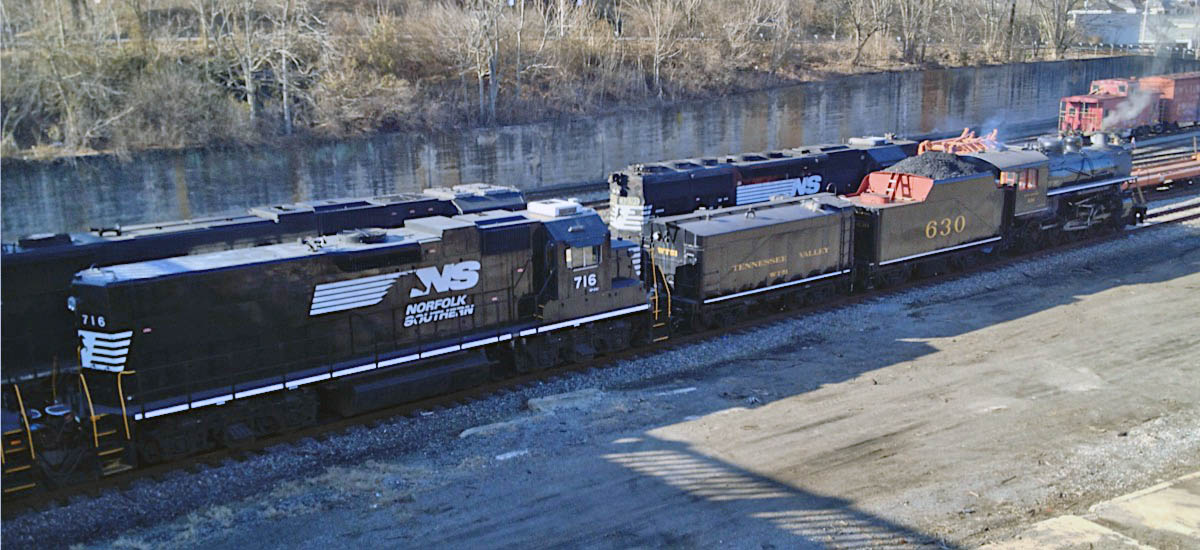
Bristol, Va / Mar 2013 / Will Hankins
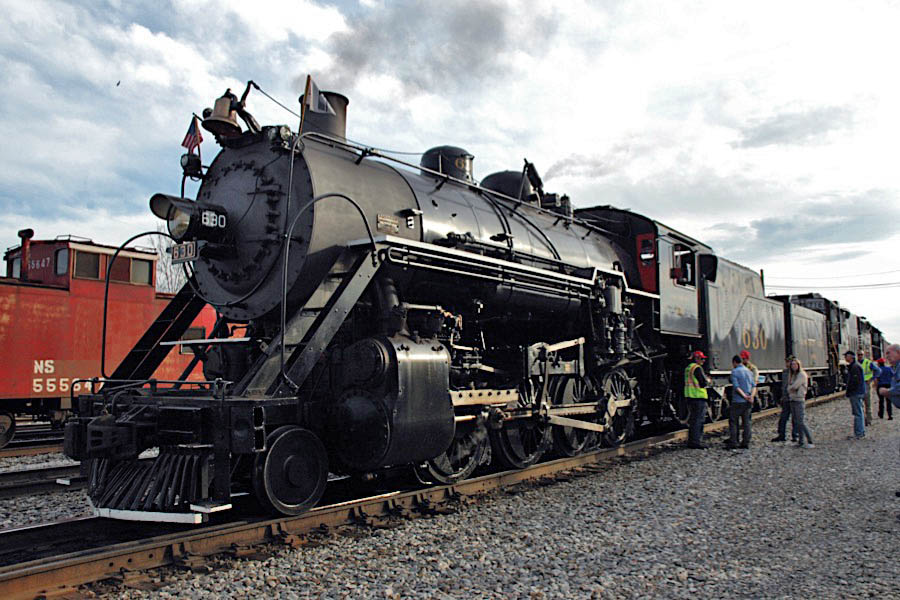
Bristol, Va / Mar 2013 / Will Hankins
HawkinsRails thanks various railfan friends for use of their 21st Century Steam photos, as noted

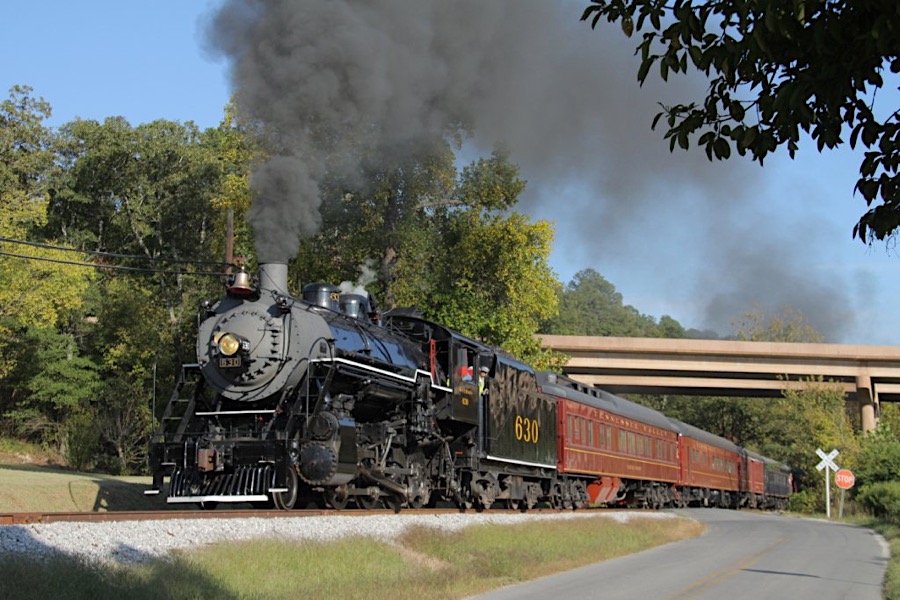
Chickamauga, Tn / Oct 2012 / John Blehn
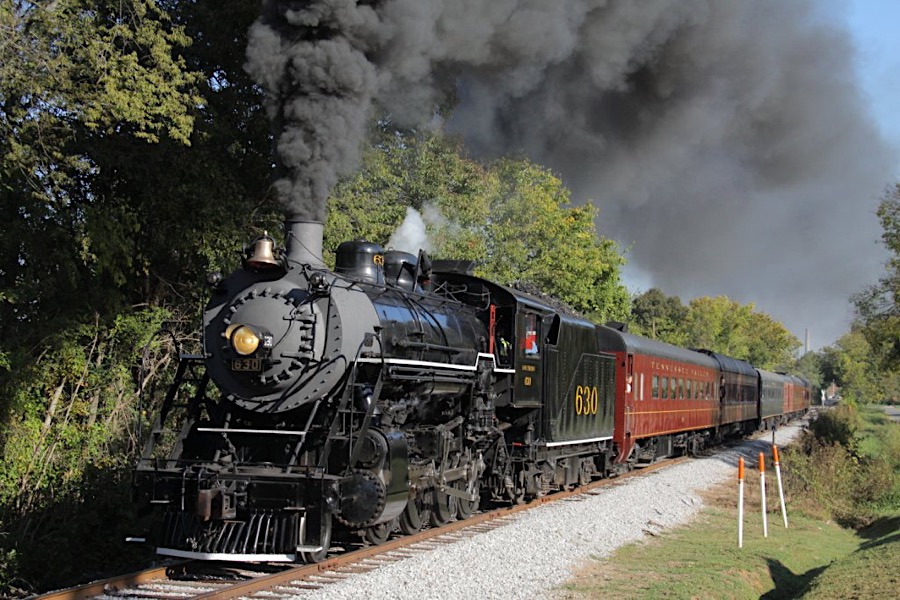
Roswell, Ga / Oct 2012 / John Blehn

Spring City, Tn / Nov 2013 / John Blehn
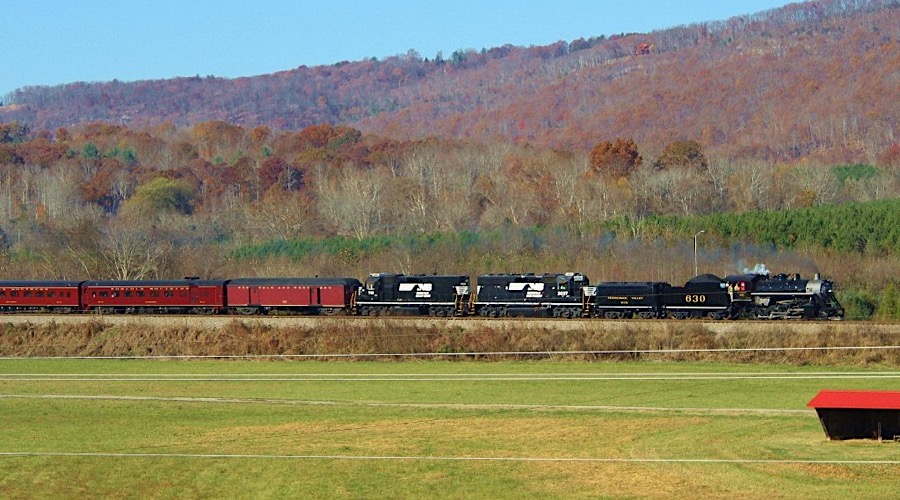
Elgin, Tn / Nov 2013 / John Blehn
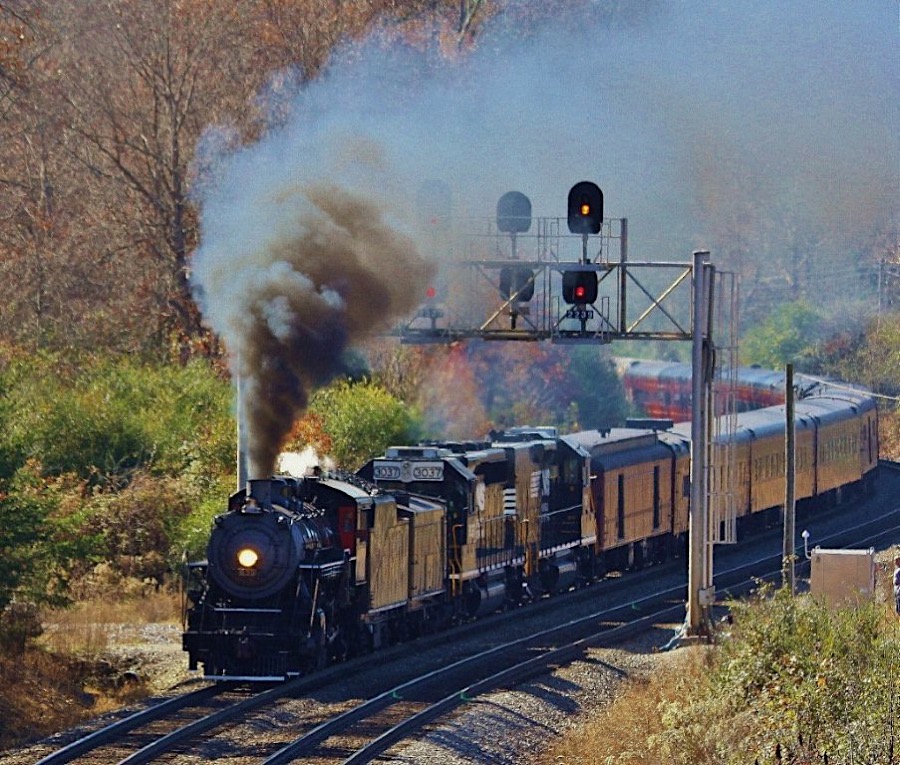
Spring City, Tn / Nov 2013 / John Blehn
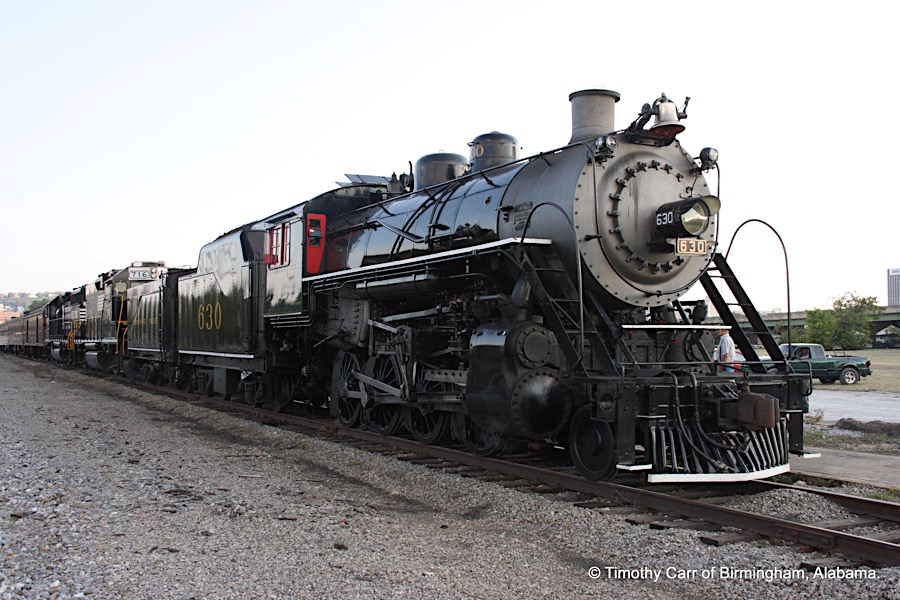
Birmingham, Al / Sep 2012 / Timothy Carr
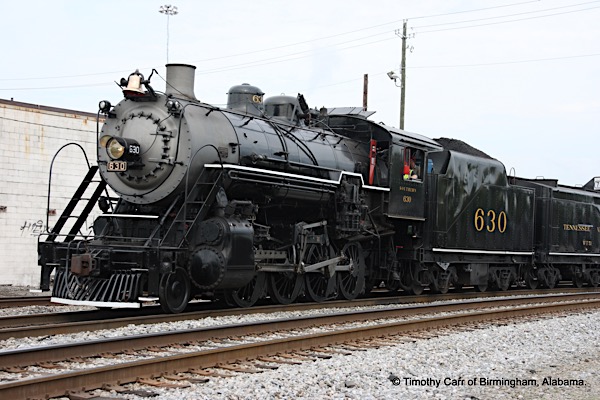
Birmingham, Al / Sep 2012 / Timothy Carr
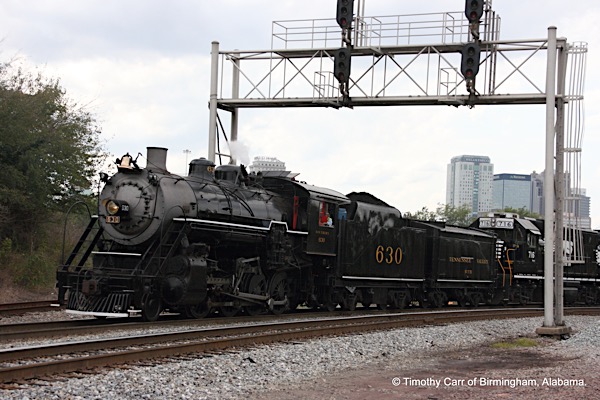
Birmingham, Al / Sep 2012 / Timothy Carr
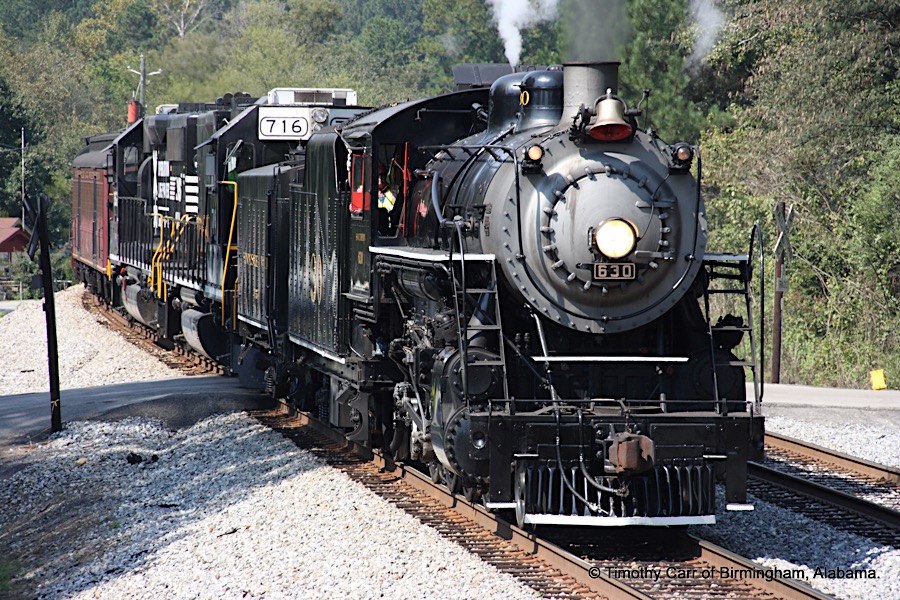
Birmingham, Al / Sep 2012 / Timothy Carr
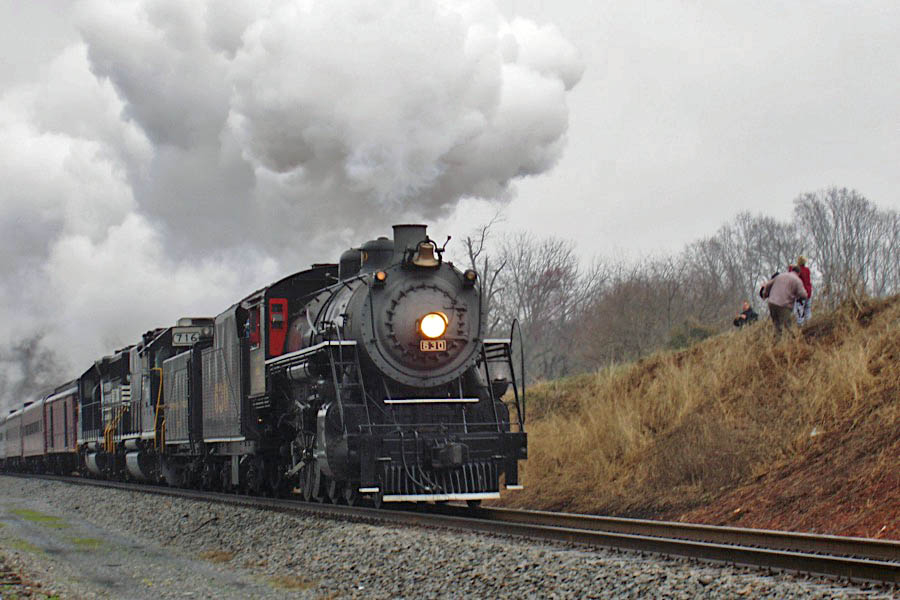
Forest, Va / Mar 2013 / Chris Schieck
Tennessee Valley Railway Museum

East Chattanooga, Tn / Jun 2019 / RWH

Jun 2019 / RWH
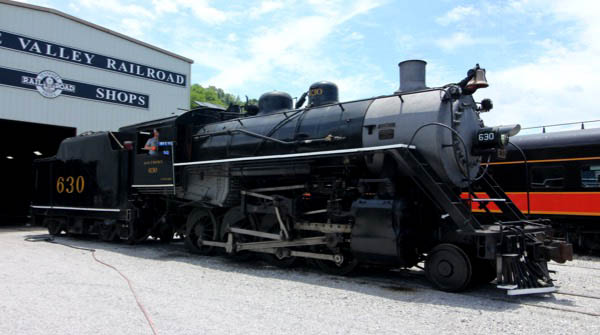
East Chattanooga, Tn / Jun 2019 / RWH

East Chattanooga, Tn / Jun 2019 / RWH

East Chattanooga, Tn / Jun 2019 / RWH
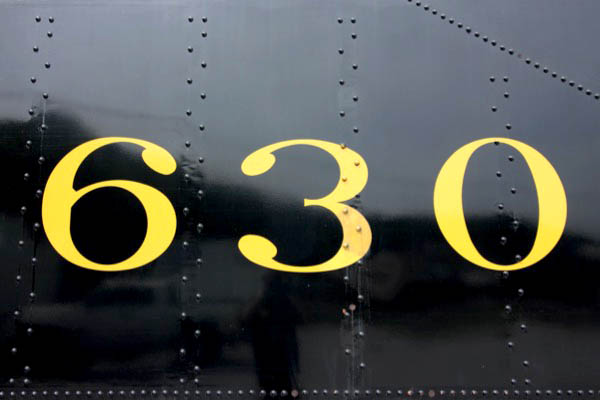
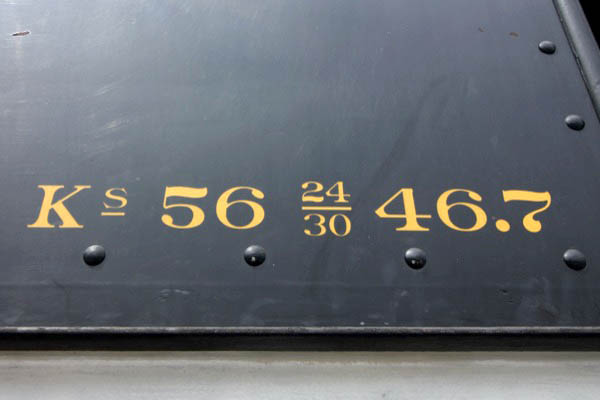

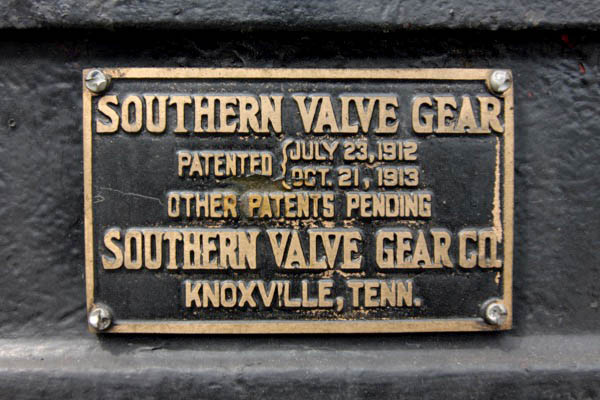

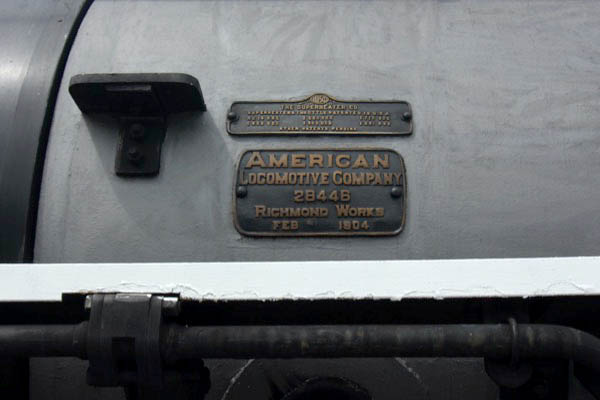
Jun 2019 / RWH
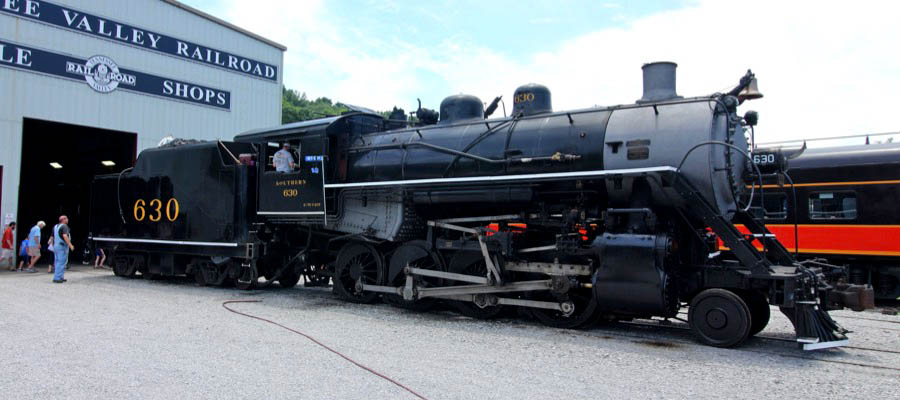
East Chattanooga, Tn / Jun 2019 / RWH

Jun 2019 / RWH
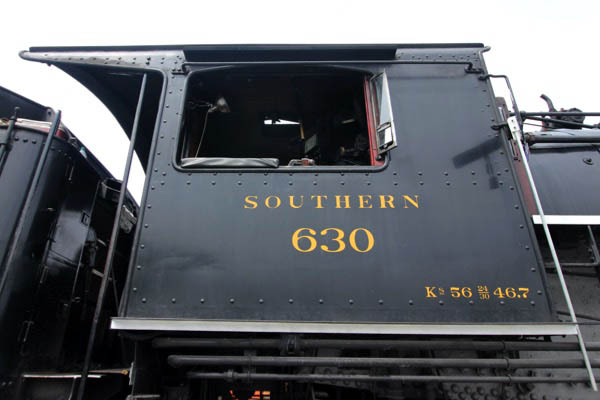
East Chattanooga, Tn / Jun 2019 / RWH

East Chattanooga, Tn / Jun 2019 / RWH
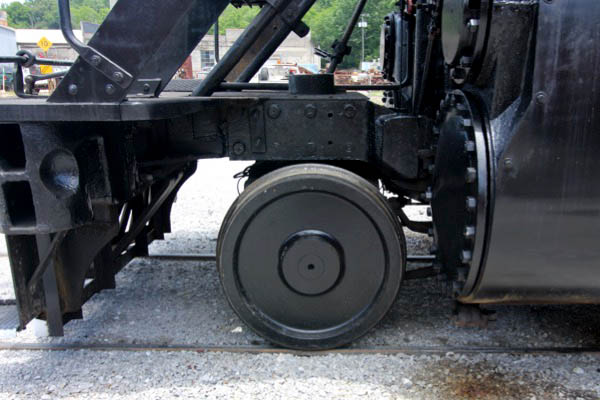
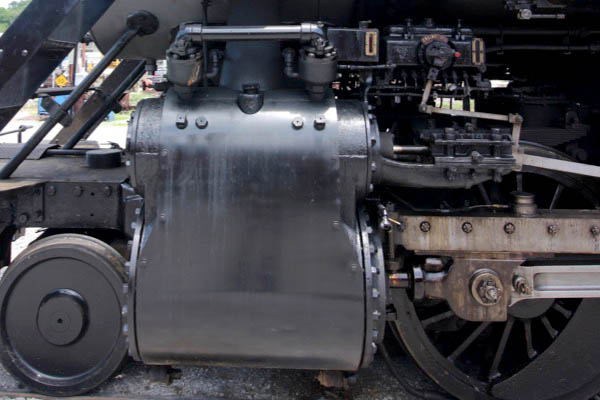
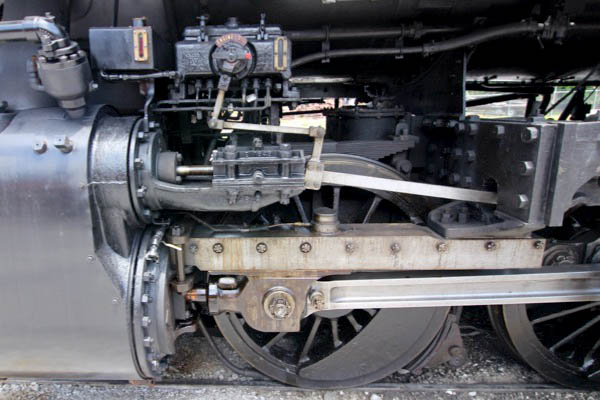


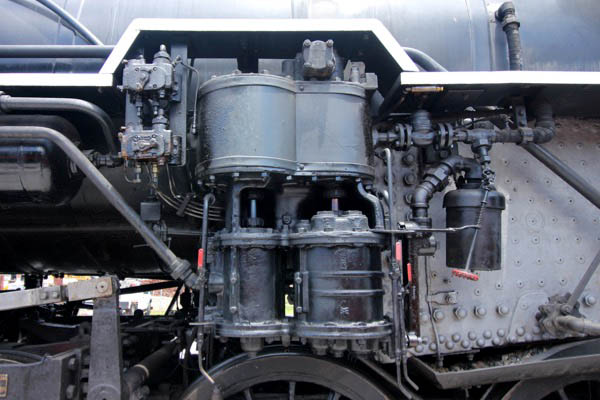
Jun 2019 / RWH

East Chattanooga, Tn / Jun 2019 / RWH

East Chattanooga, Tn / Jun 2019 / RWH

East Chattanooga, Tn / Jun 2019 / RWH

East Chattanooga, Tn / Jun 2019 / RWH
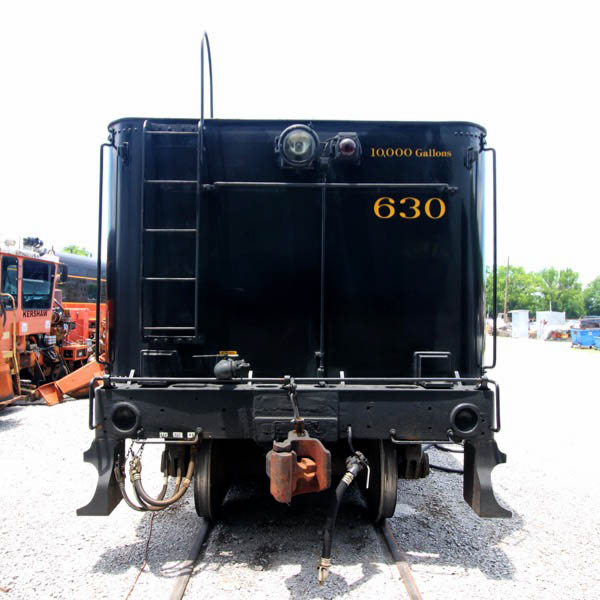
East Chattanooga, Tn / Jun 2019 / RWH
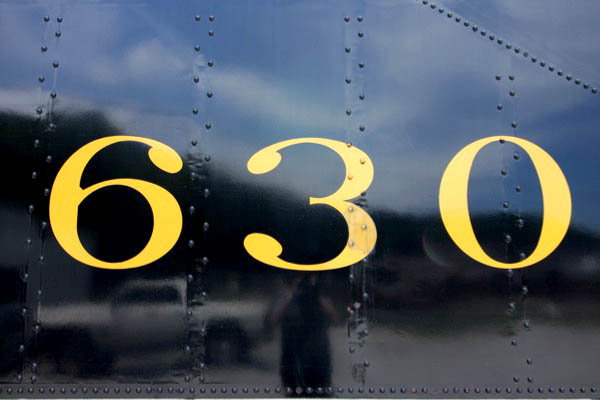
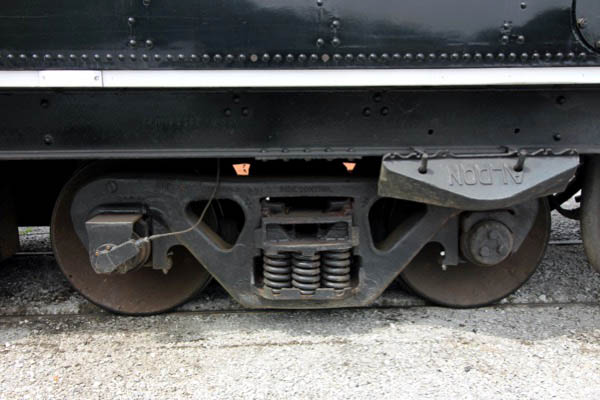
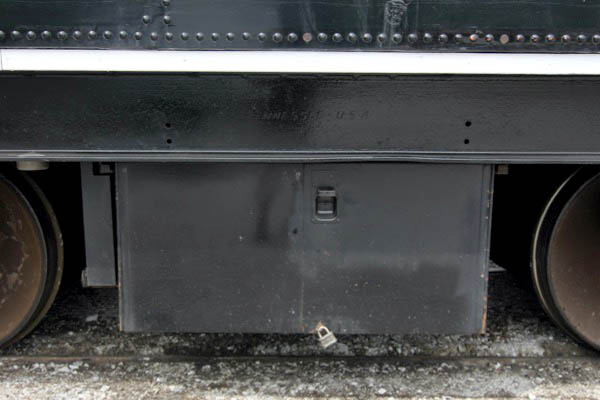

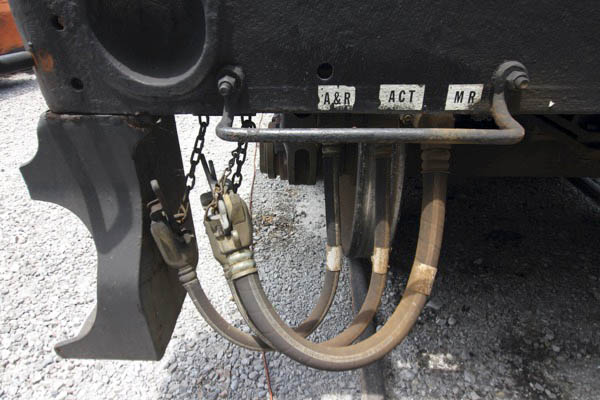

Jun 2019 / RWH
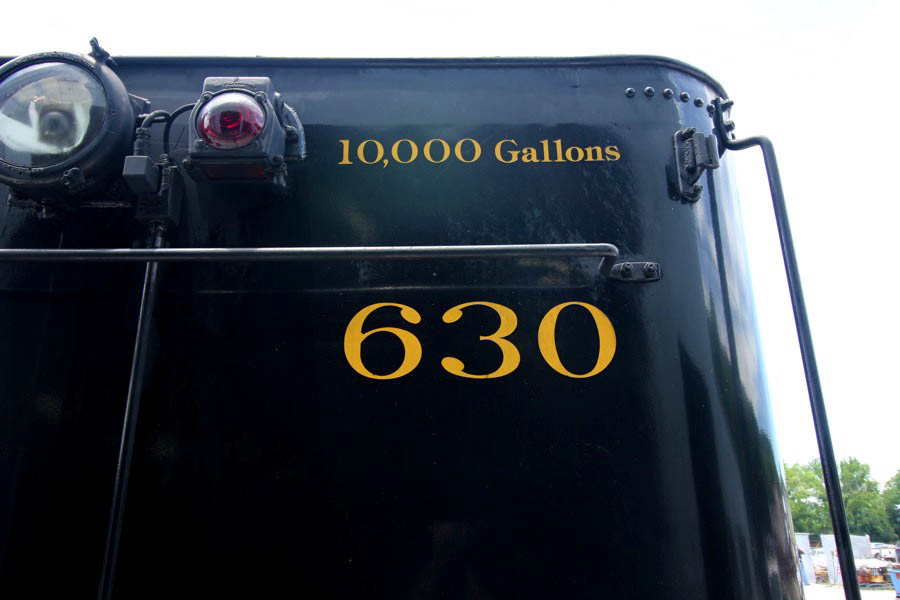
Jun 2019 / RWH

East Chattanooga, Tn / Jun 2019 / RWH

East Chattanooga, Tn / Jun 2019 / RWH

East Chattanooga, Tn / Jun 2019 / RWH
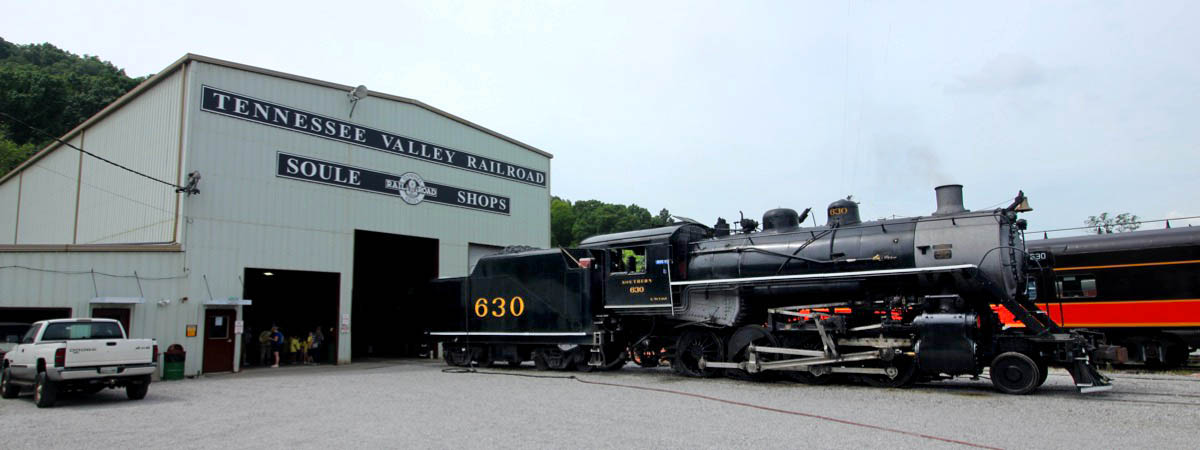
East Chattanooga, Tn / Jun 2019 / RWH

East Chattanooga, Tn / Aug 2021 / RWH

East Chattanooga, Tn / Aug 2021 / RWH

East Chattanooga, Tn / Aug 2021 / RWH

East Chattanooga, Tn / Aug 2021 / RWH

See also our complete Tennessee Valley Railroad Museum steam scrapbook in Preservation
 Lagniappe
Lagniappe
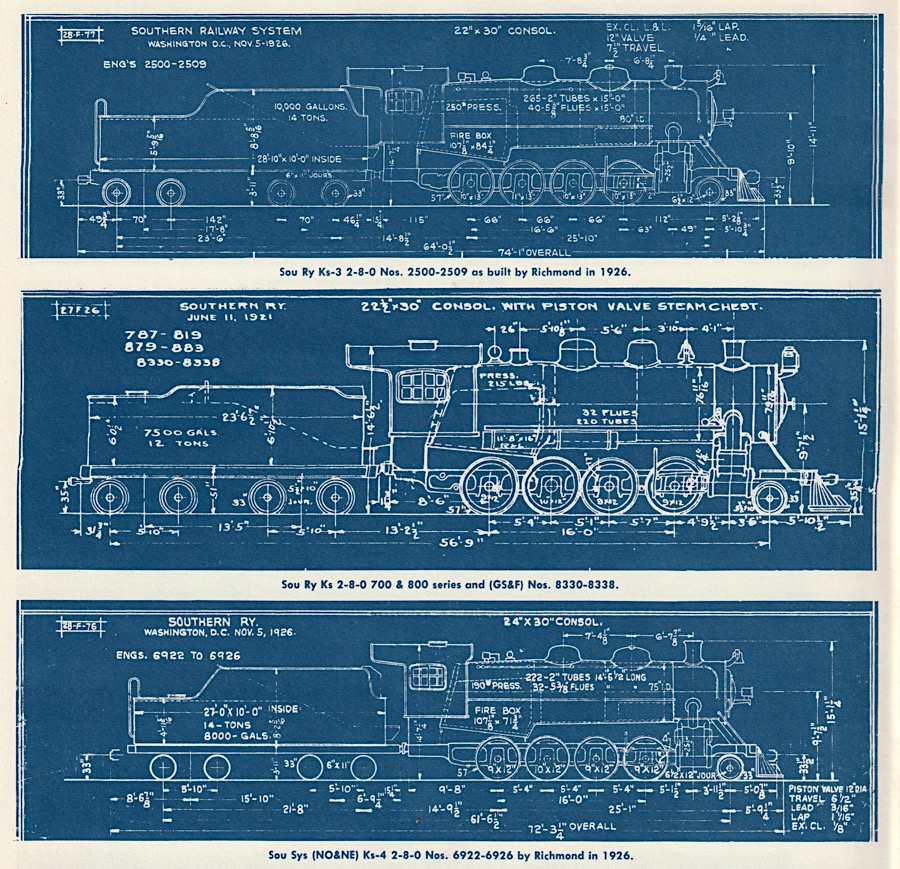
Intelligent Design
Southern Class Ks drawings / collection
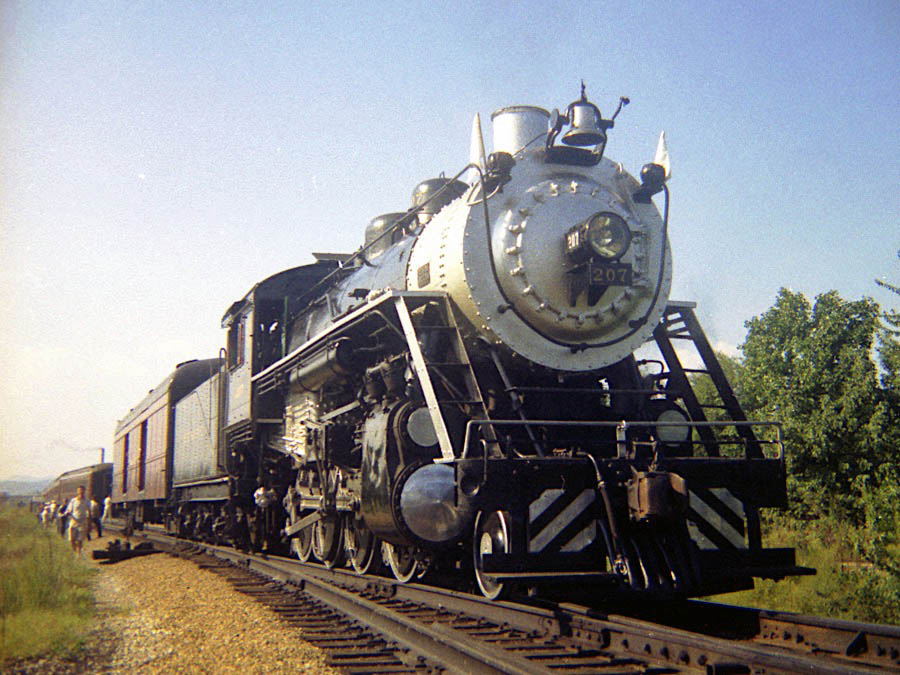
White Flag Wonder
Kingsport, Tn / Sep 1960 / JCH

All Waves and Smiles
Bristol, Va / Mar 2013 / Will Hankins
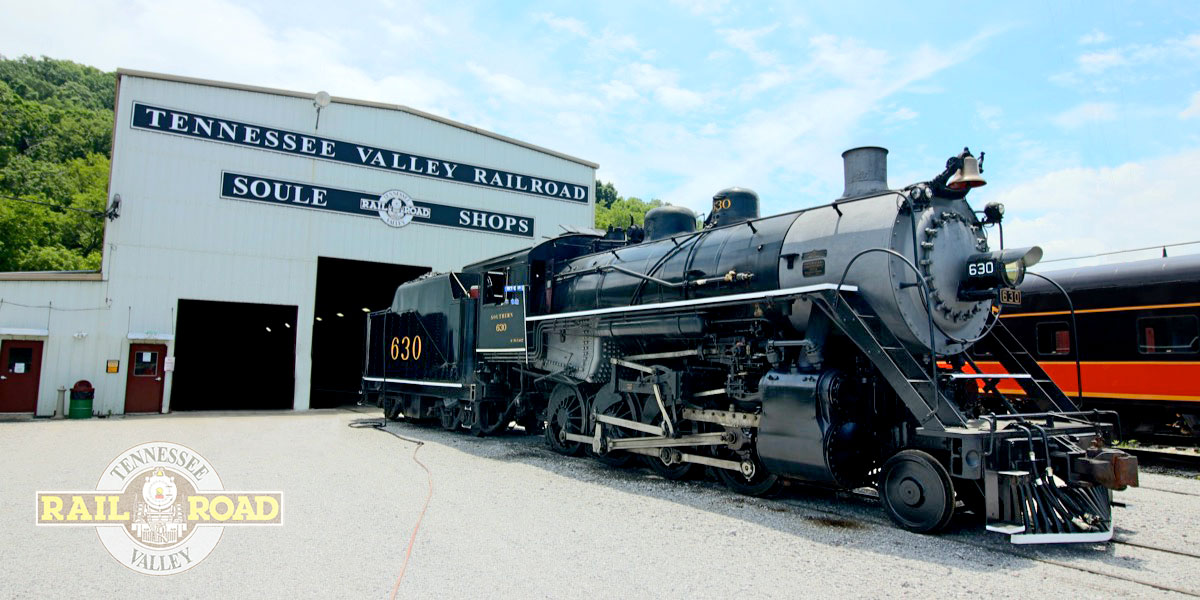
She's Our Pride and Joy
East Chattanooga, Tn / Jun 2019 / RWH
Links / Sources
- Tennessee Valley Railroad Museum
- Wikipedia article for Southern #630
- SteamLocomotive.com Southern Consolidation page
- Richard E. Prince, Southern Railway System: Steam Locomotives and Boats (Prince Publishing, 1970) 94-95
- Jim Wrinn, Steam's Camelot: Southern and Norfolk Southern Excursions in Color (TLC publishing, 2000)

